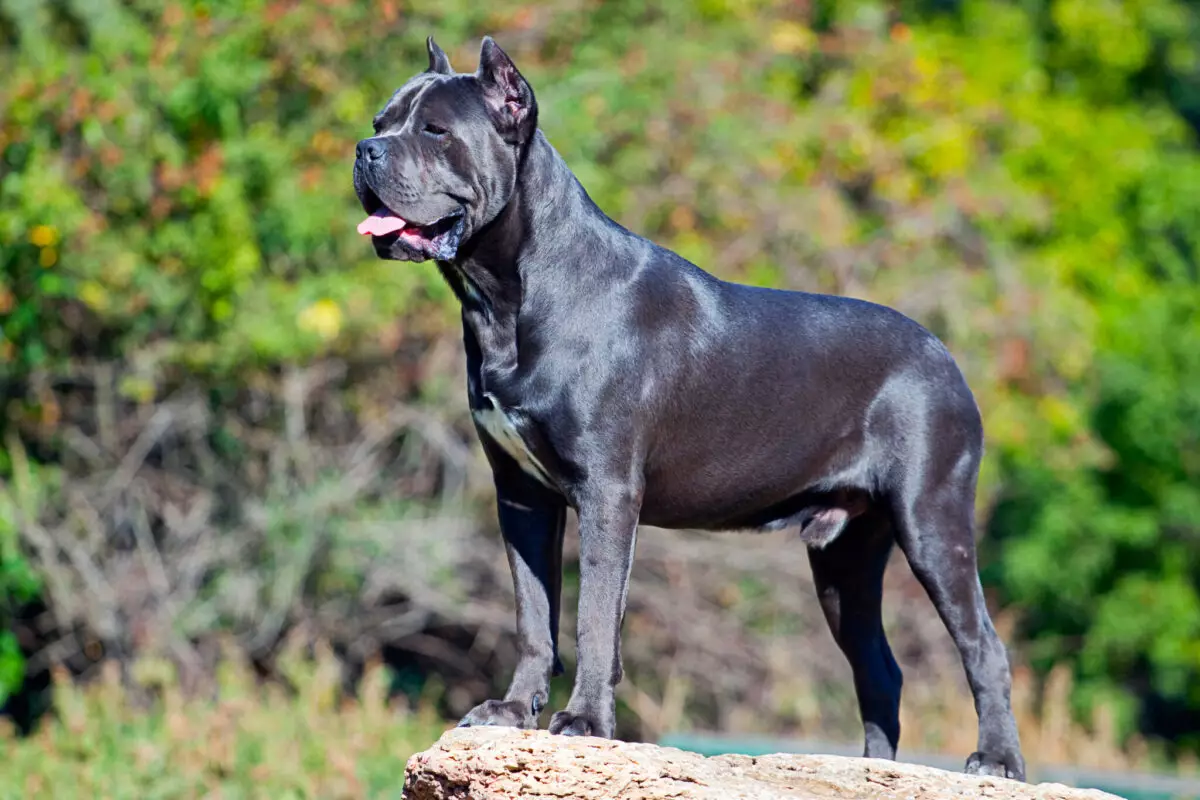Throughout the ages, dogs have proven to be more than mere companions; in numerous conflicts, they have stood steadfastly beside soldiers, embodying loyalty, valor, and exceptional strength. These warrior dogs have taken on diverse roles, from combatants and protectors to messengers and supply carriers. While some breeds are celebrated in history for their formidable contributions to warfare, others have fallen into obscurity, their significant legacies barely acknowledged. This article delves into the compelling narratives of various dog breeds that have etched their names into the annals of military history, highlighting their essential roles and enduring impact on warfare.
Mastiffs represent one of the oldest breeds associated with warfare, standing out due to their considerable size and formidable strength. Originating in ancient times, these dogs were bred specifically for battle by civilizations such as the Romans and Celts. In Rome, Mastiffs often donned armor, showcasing their warriors’ valor as they charged into the fray. They were not merely pets sent to battle; their training included fighting in tight formations, and they were equipped with spiked collars to enhance their combat prowess. Their courage and protective nature made them fierce defenders of their handlers, and they became quintessential symbols of protection and power on the battlefield.
Originating from Italy, the Cane Corso carries forward an impressive lineage of war dogs that descended from Roman Molossian breeds. Renowned for their muscular build and imposing presence, Cane Corsos played multifaceted roles in military campaigns. Their primary duties involved charging enemy lines, safeguarding military encampments, and transporting vital supplies. With their innate intelligence and unwavering loyalty, these dogs mirrored the qualities of their human counterparts, making them assets that could be relied upon in the most critical situations. Beyond combat, Cane Corsos transitioned into roles on farms, using their protective instincts to guard livestock, thereby further solidifying their status as indispensable companions.
While terriers may not conventionally be linked to warfare, the Airedale Terrier made a significant mark during World War I. Affectionately known as the “King of Terriers,” this breed distinguished itself through sheer intelligence and adaptability. Airedales were primarily utilized as messengers, deftly navigating dangerous, war-torn terrains to deliver crucial communications. Their skills were not limited to messaging; they also partook in search-and-rescue missions, leveraging their acute senses to locate wounded soldiers. Despite their smaller stature compared to typical war dogs, Airedales displayed exceptional bravery and intelligence, and many earned commendations for valor, proving that heroism knows no size.
Less known on the global stage, the Perro de Presa Canario emerged as a powerful breed with a storied history. Originally developed on the Canary Islands, these dogs served as guardians of livestock before transitioning into warrior roles during Spanish military conquests. Their robust build and fierce loyalty established them as formidable protectors. Their capabilities were put to the test as they defended soldiers and encampments against adversaries, where their aggression on the battlefield made them formidable opponents. The Perro de Presa Canario exemplified strength through its protective instincts, making it an essential asset for military operations.
Another dog breed not frequently highlighted is the Alano Español, which played a pivotal role during the Spanish conquest of the Americas and throughout various conflicts in the Middle Ages. Recognized for their robust physique and courage, the Alano was often deployed into battle to chase down enemies and assist in capturing prisoners. The breed’s name is derived from the Alans, a nomadic people known for using large dogs in warfare. Their fierce loyalty and unrivaled tenacity in hunts and skirmishes contributed significantly to their historical prominence.
Renowned for their remarkable size and gentle demeanor, the Irish Wolfhound carried a warrior legacy that dates back to ancient Ireland. These dogs were originally prized for their prowess in hunting large game, but their strength and commanding presence also found application in warfare. Irish chieftains often relied on Wolfhounds to defend against intruders and bring down foes, integrating them deeply into the fabric of their storied history. Even though they are now loved for their loyalty and gentleness, the historical significance of the Irish Wolfhound as a warrior breed remains a profound aspect of their identity.
The roles that dogs played in warfare have undeniably shaped military strategies and human histories. From fierce protectors to courageous messengers, each breed has contributed uniquely to the story of human conflict. The legacy of these warrior dogs persists even today, transcending the boundaries of historical accounts to resonate in contemporary canine companionship. Even as the nature of warfare evolves, the valor, loyalty, and dedication exhibited by these breeds continue to inspire admiration and tribute. Whether guarding homes or serving as loving companions, these historical warrior dogs will always hold a special place in our hearts and memory.


Leave a Reply